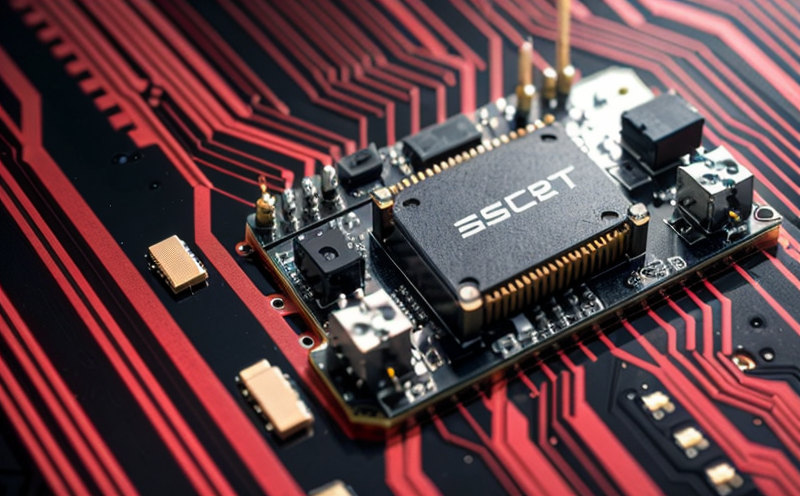ISO 27400 IoT and Embedded Device Security Baseline Testing
The increasing reliance on Internet of Things (IoT) devices and embedded systems in modern technology has underscored the critical importance of security testing. ISO/IEC 27400 provides a comprehensive framework for assessing the security posture of these devices, ensuring they meet industry standards and regulatory requirements.
The ISO 27400 standard focuses on identifying vulnerabilities within IoT and embedded systems at an early stage of development. This baseline testing service is designed to help organizations identify risks and ensure that their products are secure before deployment in real-world environments. By following this process, companies can avoid costly recalls or data breaches that could harm brand reputation and operational integrity.
The service typically involves a series of tests aimed at evaluating various aspects of security, including:
- Authentication mechanisms
- Data encryption standards
- Access control policies
- Secure communication protocols
- Software updates and patch management
- Vulnerability scanning for known exploits
- Physical security measures against tampering
The testing process is conducted by highly skilled engineers who use industry-standard tools to simulate real-world attack vectors. This helps ensure that any weaknesses are detected and addressed before the product reaches end-users.
Once completed, a detailed report outlining all findings and recommendations for improvement will be provided. Compliance with this standard ensures that your organization is prepared for audits and can confidently communicate its commitment to cybersecurity best practices.
Applied Standards
The ISO/IEC 27400 series of standards, particularly ISO/IEC 27401, is widely recognized as a leading framework for managing information security across all types of organizations. It provides guidance on how to establish, implement, maintain, and continually improve an Information Security Management System (ISMS).
For IoT and embedded devices specifically, ISO/IEC 27400 addresses the unique challenges posed by these technologies through its focus on:
- Unique device characteristics
- Limited processing power
- Small memory footprints
- Power constraints
- Networked environments
- Interoperability requirements
The standard emphasizes the importance of considering these factors when designing and testing secure systems. By adhering to ISO/IEC 27400, organizations can ensure that their IoT solutions are robust enough to withstand potential threats while remaining efficient in terms of resource usage.
Benefits
Implementing the ISO 27400 standard for your IoT and embedded devices offers numerous benefits:
- Enhanced security posture: Detect vulnerabilities early in the development cycle.
- Improved compliance: Ensure adherence to regulatory requirements and industry best practices.
- Potential cost savings: Avoid costly recalls or reparations due to discovered flaws post-launch.
- Better reputation management: Demonstrate a proactive approach towards cybersecurity, which enhances customer trust.
- Innovation acceleration: By identifying and addressing security concerns early on, you can streamline the product development process.
The ultimate goal of this testing is to create products that are not only functional but also secure. This approach aligns with broader trends toward more integrated approaches between technology and security considerations throughout the entire lifecycle of a product.
Why Choose This Test
- Comprehensive assessment: Our experts conduct thorough evaluations covering every aspect of device security.
- Industry expertise: Leveraging our team's extensive experience in both technology and cybersecurity ensures accurate results.
- Certified reports: Receive detailed documentation that validates compliance with ISO/IEC 27400 standards.
- Rapid turnaround times: Efficiently complete tests without compromising on quality or depth of analysis.
- Cost-effective solutions: Tailored packages designed to suit your specific needs and budget constraints.
- Support for ongoing improvement: Continuous feedback loops help refine future iterations based on current results.





